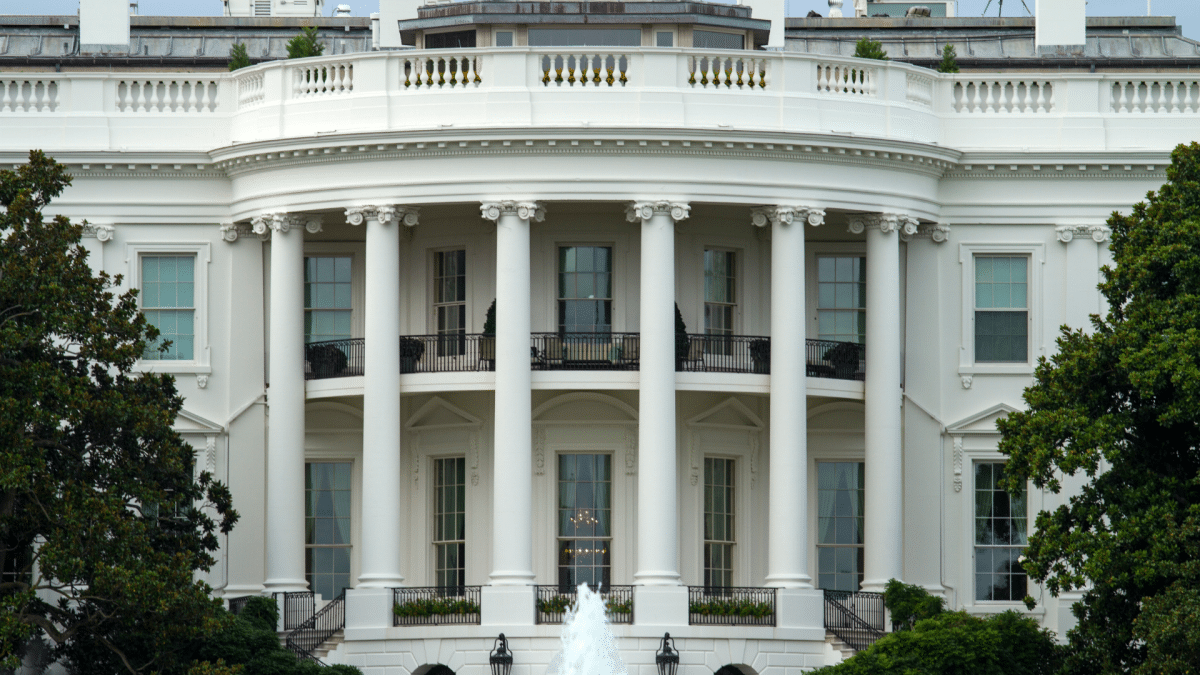Elections are a fun week for those of us working in DC in the policy arena. First, it is the equivalent of our Superbowl, and we wake up on Wednesday morning (sometimes) with winners and losers. I am a very competitive person, and I enjoy the element of competition in our democratic process. Watching vote totals, electoral college counts, and percent of counties reporting is like checking college football scores on Saturday. Second, our role of advocating for the industry in Washington DC means that we get a lot of calls and texts from members and friends asking for insights. The truth is, we likely don’t know any more than our members and friends in the heartland, but we probably obsess over it more.
With that said, I am by no means a political expert or have the inside track that my friends, neighbors, or colleagues that actually work in politics; but proximity does allow us to come into contact with those who are. We heard from a political pundit or pollster weekly at association meetings leading up to the election. You can argue that hindsight is 20/20 vision, but by far the most impactful pundit I heard was at an Association CEO luncheon two days after the election. Former Cook Political Report and CNN political analyst Chris Cillizza provided an incredibly thoughtful post-election analysis, and I wanted to share some of the nuggets that he presented to the group.
Cillizza’s analysis was not just insightful, but relatable and understandable to those of us who don’t live and breathe politics but are interested in better understanding a complex topic. Below are Chris’s insights into how former President (and now current President-Elect) Donald Trump pulled off such a decisive victory over Vice President Kalama Harris. His full detailed analysis is also available on his website, available here.
Key Stats for a Trump Victory
- President Trump’s 2024 election victory saw the highest electoral vote count for a presidential candidate since President Obama won re-election in 2012.
- President Trump increased his vote share in 48 out of 50 states compared to 2020.
- Vice President Harris underperformed Biden’s 2020 performance in key Democratic strongholds such as New Jersey (Biden won by 16 points while Harris won by only 5), California (Biden won by 27 while Harris won by 16), and New York (Biden with 23 and Harris by 12).
- President Trump also made significant inroads in voting blocs that have traditionally leaned towards the democratic party, including cutting Harris’s edge with voters aged 18-29 down to 8 from Biden’s 28, and cutting Biden’s 2020 lead with Hispanic voters from 33 to 6.
So how did we get there? Cillizza made it very clear that he believed Trump won the election, and Harris did not lose it. But nonetheless, Cillizza’s analysis highlighted three main factors that contributed to Harris’ loss:
1. The Economy as a Decisive Issue: Exit polls showed that two-thirds of voters identified the economy as their top concern. Within this group, Trump held a significant lead, with a 69-29 margin. Voters’ focus on economic issues proved pivotal, and many voters aligned with Trump’s policies in hopes of economic improvement.
2. Biden’s Unpopularity and Harris’s Response: Biden’s low approval ratings posed challenges for the Harris campaign. Her reluctance to differentiate herself from Biden or define her own stance became apparent during an interview on The View. When asked what she would do differently from Biden, Harris replied, “There is not a thing that comes to mind.” This response missed an opportunity to appeal to voters dissatisfied with the current administration and reinforced her association with Biden’s unpopularity.
3. The Impact of Messaging on Key Voting Groups: The Democrats centered their campaign on the importance of defending democracy, portraying Trump as a threat. However, this message resonated primarily with the left-leaning base and less so with undecided or moderate voters. This difference was especially evident in Senate races, where four states that voted for Trump also elected Democratic senators. For context, there were a combined 69 senate races in the 2016 and 2020 elections and in only one instance (Republican Senator Susan Collins of Maine) did a state elect a senator and president from different parties.
Cillizza also noted that the Harris campaign heavily emphasized abortion rights, hoping this would drive voter turnout. While abortion-access ballot measures passed in seven out of ten states, Trump still won in many of these areas showing that even when voters supported abortion access, they did not necessarily align with Harris’s broader platform.
Conclusion
In the end, the 2024 presidential election underscored the importance of addressing issues that matter most to Americans. It also reminded me that TFI’s role as the voice of the fertilizer industry is not just to react to election results but to stay focused on representing the interests of our industry by working with policymakers, regardless of party, to craft sound policies that foster stability, innovation, and growth.
I hope you enjoyed diving into these insights as much as I did. There will certainly be no shortage of Monday morning quarterbacks and dissection of the 2024 election results! But for now, I’m happy to take a breather and get back to focusing on policy.

